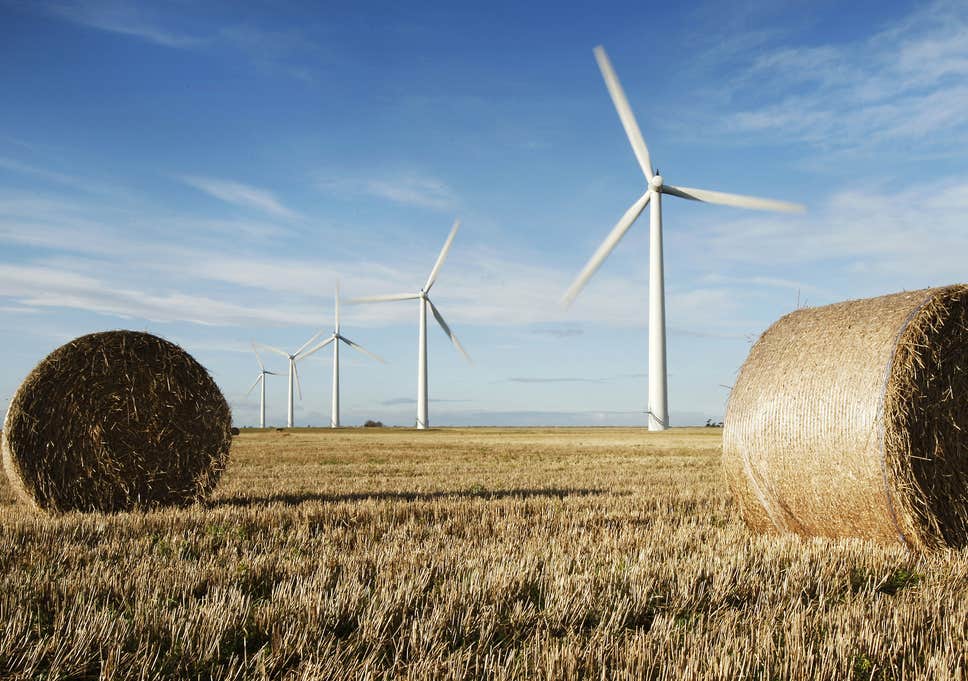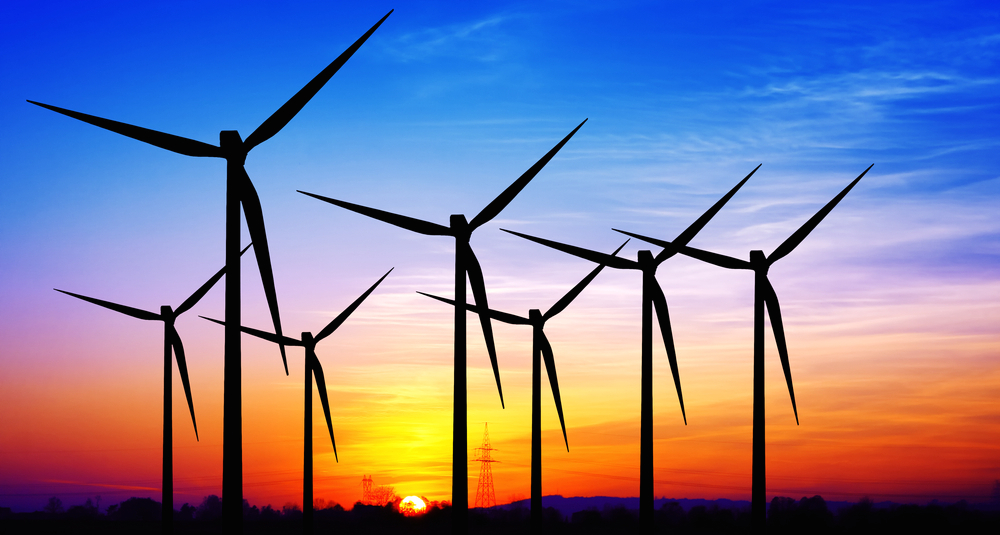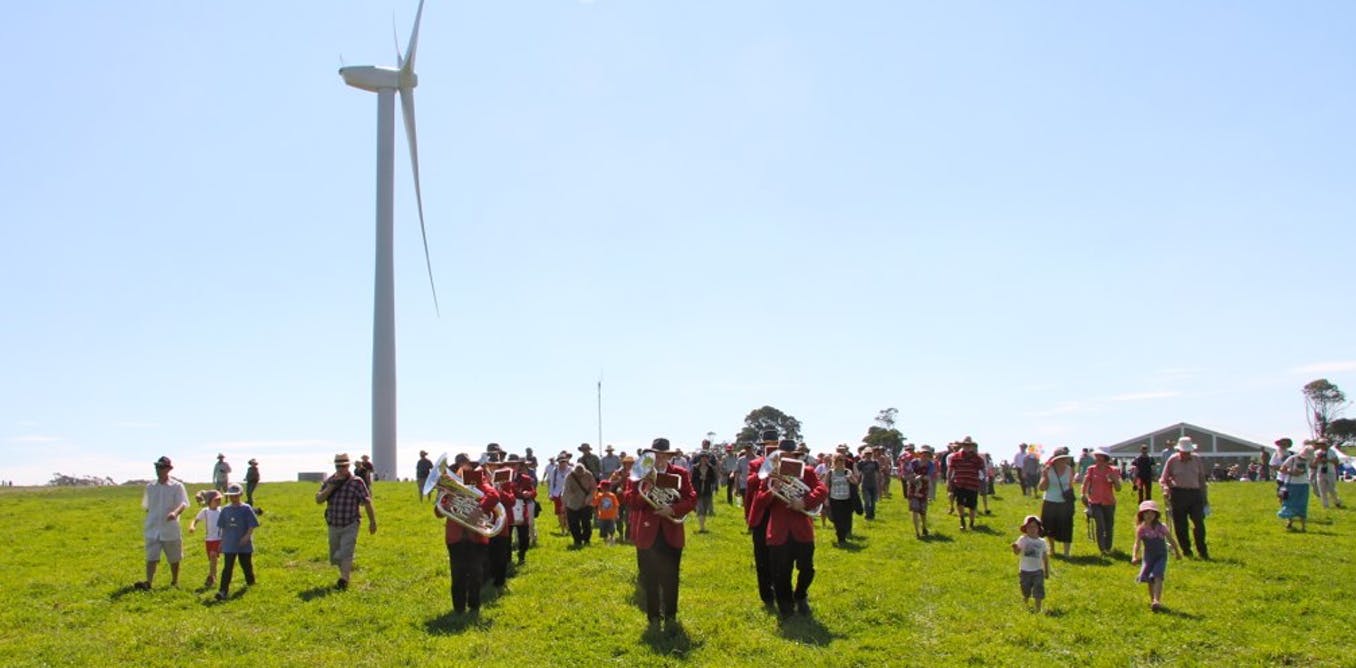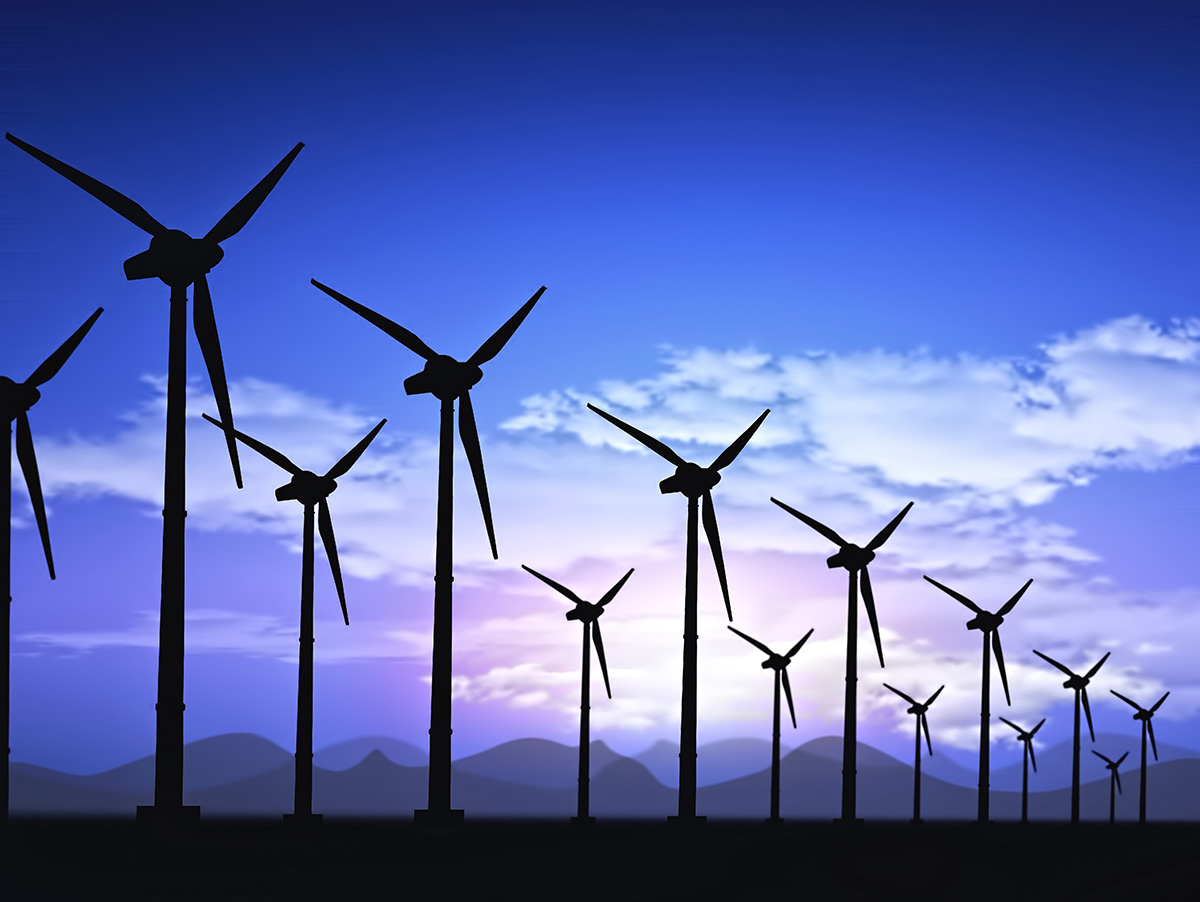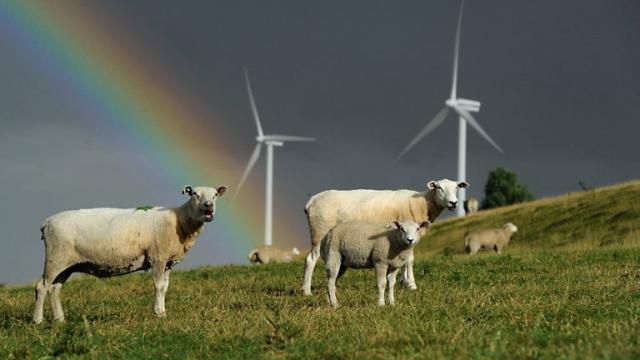
This is Part 26 in a series about Radical Municipalism looking at ways people worldwide are organizing in their cities to build power from the bottom up. Read Part 1 (Brazil), Part 2 (Rojava), Part 3 (Chiapas), Part 4 (Warsaw), Part 5 (Bologna), Part 6 (Jackson, Miss.), Part 7(Athens), Part 8 (Warsaw & New York), Part 9 (Reykjavík), Part 10 (Rosario, Argentina), Part 11 (Newham, UK), Part 12 (Valparaiso, Chile), Part 13 (Porto Alegre, Brazil), Part 14 (Montevideo, Uruguay), Part 15 (Venezuela), Part 16 (Cape Town), and Part 17 (Congo), Part 18 (Jemna, Tunisia), Part 19 (Gdansk, Poland), and Part 20 (Senegal), Part 21 (Mumbai, India), Part 22 (Vietnam), Part 23 (Japan), Part 24 (Catalonia), and Part 25 (Barcelona).
Green municipalism offers solutions to the escalating climate catastrophe, pathways that both complement and could extend the Green New Deal being proposed by progressives in the UK Labour and US Democratic parties. A decentralised wind power revolution is already happening in Denmark and Scotland, where community ownership is delivering power to the people.
Middelgrunden and Denmark's revolution
As the 21st century rolled in, Denmark created the world's largest offshore wind farm: Middelgrunden. It consisted of 20 turbines, located four kilometers from Copenhagen, with a capacity of over 40 Megawatts. Since 2001, Middelgrunden has supplied approximately 4 percent of the Danish capital's energy needs.
More impressively, Danish people co-created this wind farm. Ten of the 20 turbines are owned by a cooperative, while Ørsted, Denmark's largest energy company, owns the other 10. “If you own shares in a project, when you look over at that turbine, with each turn of the blades, that's cash to you,” local resident and energy expert Justin Gerdes told the Green Economy Coalition.
More than 50,000 people participated in the project, giving input into the sea wind farm's location and design. Another 8,500 Danes invested directly and are now making a 7 percent return on their investments. Under consideration are plans to upgrade Middelgrunden with larger turbines that will help it generate even more power in the years to come.
Broad public involvement overcomes the negative spin about wind energy happening elsewhere across the world. I heard similar positive sentiments visiting other wind farms in Denmark, a country that harnesses the most wind power for electricity anywhere in the world. In 2017, it re-broke its own previous world record, taking 43 pecent of its electrical needs from the wind.
The figure continues to spin upwards
Denmark's success is built on a number of factors. National policy has supported green municipalism. Since the 1970s oil shock, the country realised it needed to reduce its dependency on fossil fuel imports. Nuclear was originally mooted, but activists and engineers innovated to show how communally-owned wind meant they did not need dangerous nuclear fusion.
The government supported green innovation with tax breaks that incentivised households to buy into wind cooperatives. By 2001, 86 percent of wind energy came from cooperatives, which only dropped as multinationals like Ørsted realised the powerful potential and jumped into the market.
Three other ways that Denmark created communal wind was giving wind developments the right to connect and sell energy to the grid – both requiring that the electricity be bought, and guaranteeing a good price. In 2011, it established a law that all new wind must include 20 percent community ownership.
With support like that, no wonder wind power is so popular in Denmark.
The case in Scotland
Across the North Sea, Scotland also showcases how communities can harness wind power to great effect. On the small and remote Western island of Tiree, in the inner Hebrides, wind is so popular they named their wind turbine “Tilley”. It generates power for 3,650 homes annually, far more than the 700 residents need, making the island a net energy exporter.
Built in 2010, Tilley is organised by a community trust run through local participation; the profits make the island self sustaining, for instance, by enabling reinvestment back into the community for elderly care, subsidising local shops and other charity projects.
This reverses the exodus of people from the Highlands and Islands, which is a problem there as it is in rural areas the world over.
Yet Tilley is hardly an exception. Like Denmark, wind farms are in bloom across Scotland. In 2017, Scotland produced 69 percent of its electrical energy needs from renewables. These numbers too keep rising.
Gigha, a small inner Hebrides island, is another outstanding example. In 2004, islanders purchased and installed three second-hand wind turbines, which they named the Dancing Ladies. It was the first Scottish community-owned wind farm to connect to the national grid. The profits are ploughed back into the community, like on Tiree. One important part of this story is that residents of Gigha, like Tiree, clubbed together to buy the island collectively.
Communities buying the islands they live on, then building community wind farms on them, has happened across Scotland's Western isles. For instance, The isle of Eigg co-bought in 1997 from its previous feudal overlords. Since then the population has risen from 65 to 100 and its independence on solar, wind and water power makes the island self sufficient. Lewis, the largest Scottish island, is now more co-owned than it is owned by the remaining few large landowners.
The island of Lewis also demonstrates the battle between community wind power and big energy companies as they try to reap the spoils. In Tolsta, east Lewis, the community has successfully built a wind farm that is investing money back into training and education for locals and minor housing repairs.
All these moves are breathing life back into Lewis. But the big, nearby French energy firm, EDF, is leading a plan to build a far bigger wind farm, which has been criticised as a land-and-power-grab as most of the energy and profits are expected to go offshore, benefitting those far beyond Lewis and its locals.
If we look at Scotland as a case study, it offers other lessons to the world, too. For instance, it has banned fracking and set admirable climate targets compared to many other nations. But even Scotland needs to go further. For instance, its government voted down calling the escalating climate crisis what it is. Its economy relies on oil.
But like the Danes, it is again municipalism in Scotland that is blazing the brightest trails.
Ten miles to the North of Scotland's mainland, the Orkney island chain now generates 120 percent of its people's energy needs through community-owned renewables. It almost does not know what to do with all the energy, and the island is currently leading research into how to create carbon neutral fuel by splitting water into hydrogen, using a electrolyser based on Orkney's Eday. The plan is to drive the Orkney ferry with the fuel – with the first ferry set to sail carbon-free in 2021.
Communities co-creating their energy needs – and even co-owning the land – then managing them through participative democracy is inherently municipalist: green municipalist. It is common sense. Green municipalism does not only need to be restricted to the wind-battered Nordic coastal fringes.
Communities can generate their own energy from remote independent island grids to urban solar cooperatives, using municipal buildings to co-harness renewable energy. Working examples flourish, from London's Brixton Energy solar cooperative to Toronto's Wind Share across the ocean, Canada's first wind power cooperative; and from Indian farmers getting their water pumped by a solar powered water cooperative in Gujarat, to Argentina where 16 percent of its electrical energy is created by energy cooperatives.
The future is bright for wind and renewables just about everywhere. Now it's a matter of people, and communities, recognizing and acting on that potential.

